The Measles Outbreak: What Every Traveling Family Needs to Know
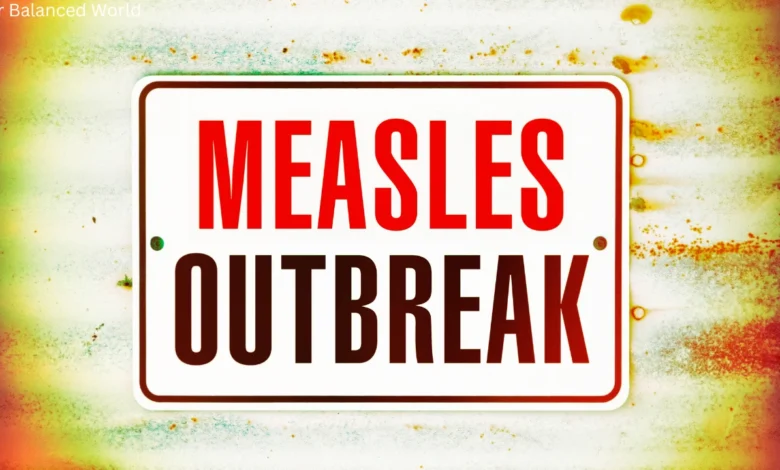
Introduction to The Measles Outbreak
Remember when the measles outbreak felt like a thing of the past—something you only read about in history books? Well, it’s back. And for traveling families, it’s a growing concern. Measles outbreaks are surging in Texas, Michigan, and Florida, with nearly 300 cases reported in early 2025. If you’re on the move, especially with young kids, this is something you need to be aware of.
Measles isn’t just a harmless childhood rash. It’s a highly contagious, airborne virus that can lead to severe complications, hospitalization, and even long-term neurological damage. The measles virus can linger in the air for up to two hours after an infected person has left a room, making it a serious concern in high-traffic travel areas.
As a full-time traveling mom in Texas, I understand how nerve-wracking it is to juggle everyday health concerns while constantly being on the go. This guide will break down everything you need to know about the measles outbreak, travel risks, protection strategies, and what to do if your family is exposed—all backed by research and expert recommendations.

Why Is the Measles Outbreak on the Rise in 2025?
Just a few decades ago, measles was nearly eradicated in the U.S. thanks to widespread vaccination. But recently, we’ve seen a sharp rise in cases, especially in states like Texas, Michigan, New Mexico, and Florida. Here’s why:
✅ Declining Vaccination Rates: The CDC reports that national measles vaccination coverage has dropped below 90% in some communities—lower than the 95% threshold needed for herd immunity (CDC, 2025). This has contributed to the rise in measles outbreaks in areas like Michigan and Florida.
✅ Increased Travel: More families are hitting the road or flying internationally post-pandemic, making it easier for measles to spread across borders. International travel plays a significant role in the measles outbreaks, especially when unvaccinated individuals unknowingly bring the virus into new regions (WHO, 2025).
✅ Highly Contagious Nature of Measles: The measles virus is so infectious that if one person has it, up to 90% of unvaccinated people nearby will also get it (Mayo Clinic, 2025). Whether it’s a measles outbreak in Michigan or measles Florida, this highly contagious virus can spread quickly.
✅ Underestimated Severity: Some people still believe measles is a minor illness, but one in five infected individuals will be hospitalized due to complications like pneumonia or brain swelling (CDC, 2025). Understanding how measles spreads and its severity can help families make better decisions regarding travel and precautions.
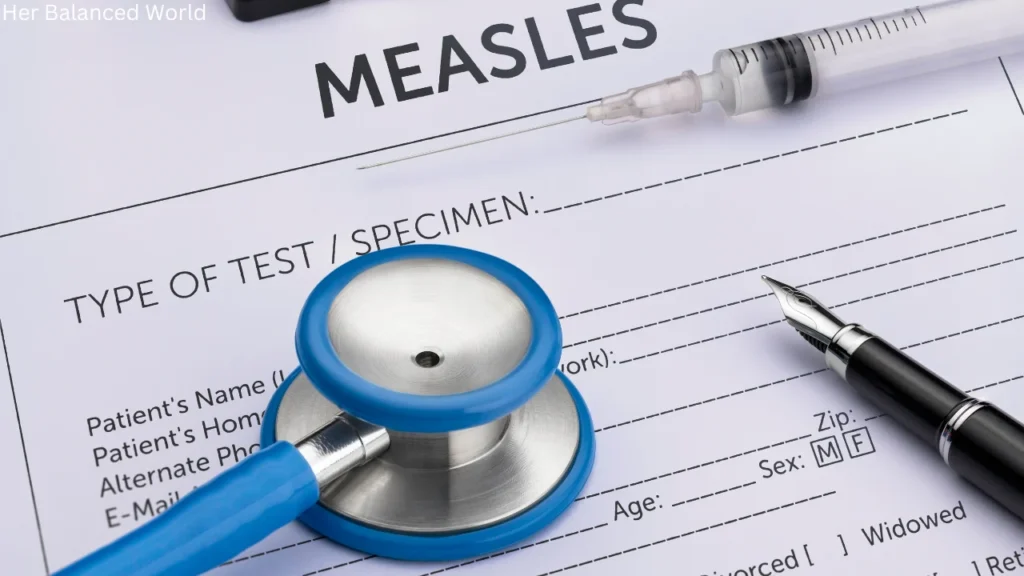
Measles Symptoms: What Parents Need to Watch For
Measles doesn’t show up immediately after exposure. The incubation period is about 7-14 days, meaning you or your child could have been exposed and not know it yet. Here are the key signs of a measles outbreak:
- High fever (often above 104°F)
- Cough and runny nose
- Watery, red eyes (conjunctivitis)
- Tiny white spots inside the mouth (Koplik spots)
- A red rash that starts at the hairline and spreads downward
- Extreme fatigue and body aches
🚨 When to Seek Emergency Care: If your child experiences difficulty breathing, seizures, persistent vomiting, or extreme lethargy, seek medical attention immediately.
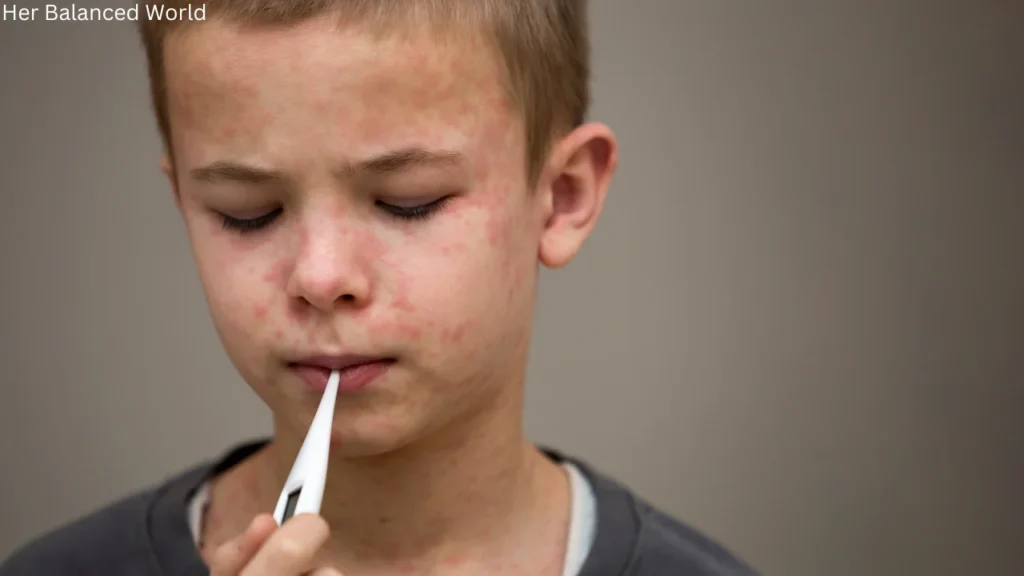
Measles & Travel: Are You at Risk?
Certain travel conditions increase the risk of exposure to measles. If you’re planning trips within or beyond Texas, Florida, or Michigan this year, here’s what to watch for:
✈ Airports & Airplanes: International travelers could be unknowingly carrying the virus. Since measles is airborne, even a quick airport layover in an outbreak area could pose a risk. Travelers flying into regions with measles outbreaks, like Michigan or Florida, may unknowingly spread the virus to others.
🎡 Theme Parks & Crowded Attractions: Large gatherings (like Disney World, major festivals, and indoor play areas) create prime conditions for measles to spread.
🏕 RV Parks & Campgrounds: While outdoor spaces reduce exposure risk, shared restrooms, laundry facilities, and indoor recreation areas can be hotspots for measles transmission.
📍 Hotels & Indoor Play Centers: Poor ventilation in crowded hotel lobbies, indoor playgrounds, or kids’ museums can heighten transmission risk during a measles outbreak.
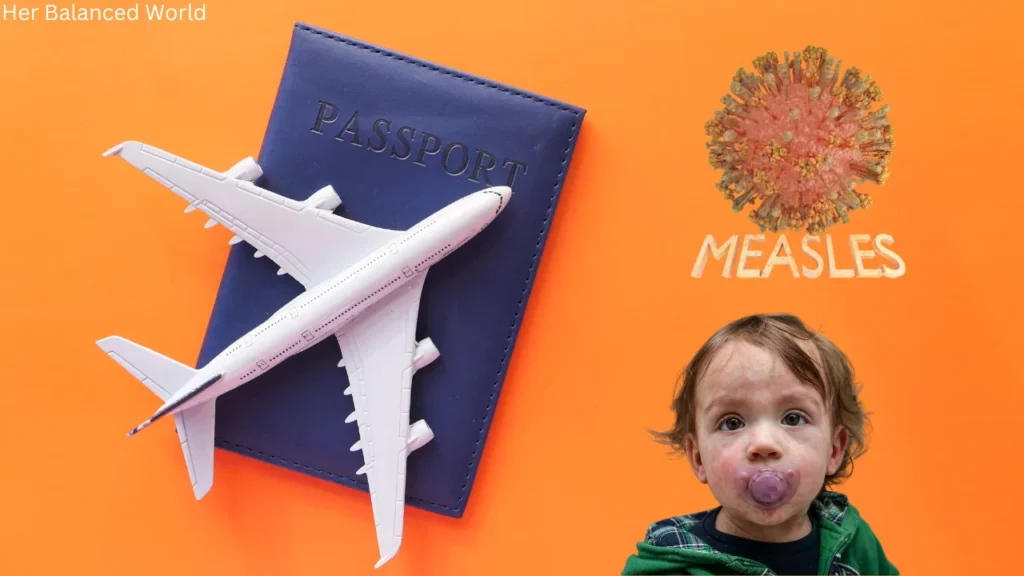
How to Protect Your Family While Traveling During The Measles Outbreak
The Measles, Mumps, and Rubella (MMR) vaccine is the best protection against measles. Here’s what you need to know:
Ensure Vaccination Coverage
- Children should receive two doses:
- First dose: 12-15 months old
- Second dose: 4-6 years old
- If you’re traveling internationally, babies as young as 6 months can receive an early dose.
- Adults born after 1957 who aren’t sure of their immunity should check their records or get a booster.
📌 If your child isn’t fully vaccinated yet, consider limiting exposure to high-risk areas during travel, especially if you’re heading to regions like Michigan or Florida, where measles outbreaks have been reported.
Boost Your Family’s Immune System
While vaccines are the most effective protection, immune health also plays a crucial role. Here are some evidence-backed supplements for travel-friendly immune support:
- Zarbee’s Immune Support Gummies – toddler-approved, packed with vitamin C & zinc.
- Elderberry + Zinc Lozenges – supports immunity, great for adults.
- Kids Vitamin C Drops – easy to take on the go.
- Probiotic Packets – strengthens gut health, linked to better immunity (NIH, 2025).
Practice Smart Travel Hygiene
- Wash hands frequently – use fragrance-free sanitizers like Babyganics Alcohol-Free Hand Sanitizer.
- Disinfect high-touch surfaces – travel with Wet Ones Antibacterial Wipes.
- Wear a mask in high-risk areas – Kids KN95 Masks and Adult Travel Masks help in crowded places where measles could spread.
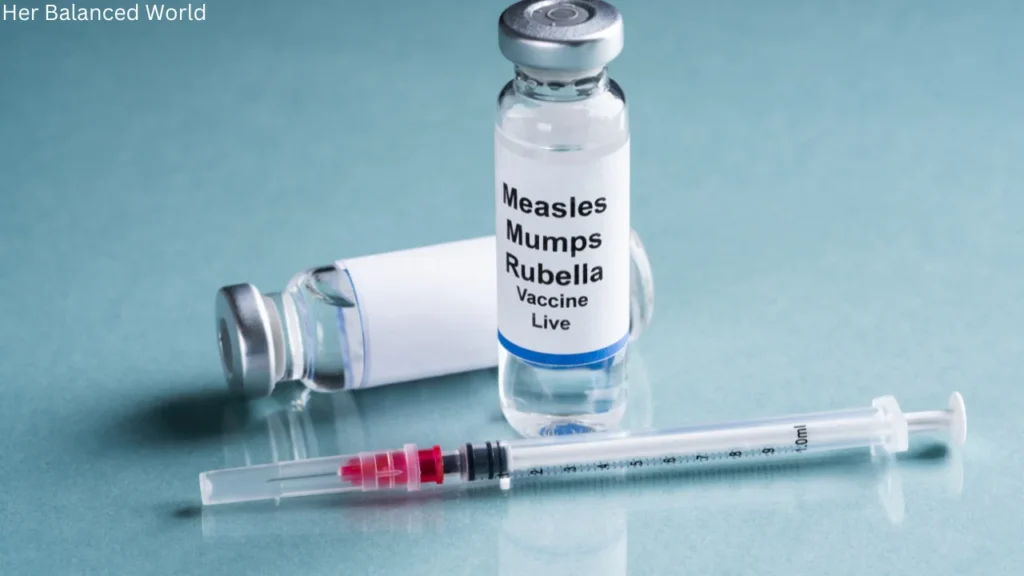
What to Do If Your Family is Exposed to Measles Outbreak
🚨 If you think you’ve been exposed to measles:
- Call your doctor immediately – They may recommend post-exposure vaccination or immune globulin treatment within 72 hours.
- Monitor symptoms closely – Watch for fever, rash, and cold-like symptoms.
- Isolate if symptoms appear – Stay home to prevent further spread.
- Stay hydrated and rest – Measles can cause extreme fatigue and dehydration.

Final Thoughts: Travel Smart, Stay Healthy
Traveling should be about adventure, not fear. By staying informed, prioritizing vaccination, and boosting immunity, you can keep your family safe and focus on making great memories. With a little preparation, you can enjoy your travels while reducing your risk of exposure to a measles outbreak.
🚀 Have you adjusted your travel plans because of recent health concerns? Drop a comment below—I’d love to hear how other traveling families are handling this!
FAQ: Frequently Asked Questions About Measles Outbreaks
Q: What is the difference between measles and chickenpox?
A: Measles and chickenpox are both contagious, but they are caused by different viruses. While both diseases involve a rash, measles tends to cause a higher fever and is associated with Koplik spots inside the mouth. Chickenpox rashes, on the other hand, tend to be more widespread with fluid-filled blisters.
Q: How is measles spread?
A: Measles is highly contagious and spreads through the air when an infected person coughs or sneezes. The virus can linger in the air for up to two hours in an infected space, making it easy to contract, even if the infected person has already left the area.
Q: Should I avoid traveling to Florida during a measles outbreak?
A: If you’re traveling with unvaccinated children or individuals with weakened immune systems, it’s wise to take extra precautions. Avoid crowded areas like theme parks and airports, and ensure everyone is up-to-date on their measles vaccination.




